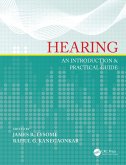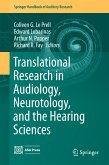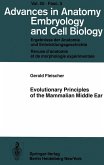after heated and often bitter debates, SIEBENMANN'S opinion finally prevailed, i. e. , a contribution to cochlear lesions due to vibrations of the floor transmitted via bone conduction could not be demonstrated. For one thing, it was hard to see how appreciable amounts of energy could reach the ears in this manner, considering the attenuation that is bound to occur across each of the many joints along the pathway involved. In some older audiological surveys conducted in industry (e. g. , TEMKIN, 1933), groups of workmen were found who displayed signs of apical-turn lesions, i. e. , low-tone hearing losses for air and for bone. Such lesions could not be expected to results from exposure to air-borne sounds because of the low-frequency attenu ation of the middle ear. Although WITTMAACK'S explanation, which was frequently invoked in such reports, does no longer appear tenable, such apical-turn lesions could conceivably be caused by bone conduction components of high-intensity noise in the sense of BEKESY (1948). - As far as I am aware of, no newer studies have been conducted in this problem area, and the older experiments and/or surveys were done at times before signal parameters could be precisely controlled or measured. A detailed, critical review of the older studies on the potential contribution of bone-conducted energy to industrial hearing loss and its underlying pathology may be found in Werner (1940) who, incidently, favored SIEBENMANN'S point of VIew.
Dieser Download kann aus rechtlichen Gründen nur mit Rechnungsadresse in A, B, BG, CY, CZ, D, DK, EW, E, FIN, F, GR, HR, H, IRL, I, LT, L, LR, M, NL, PL, P, R, S, SLO, SK ausgeliefert werden.









